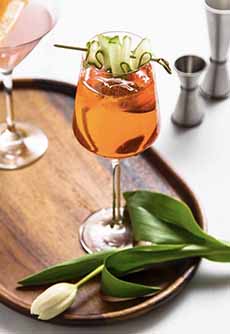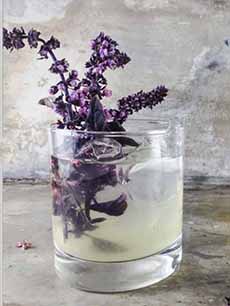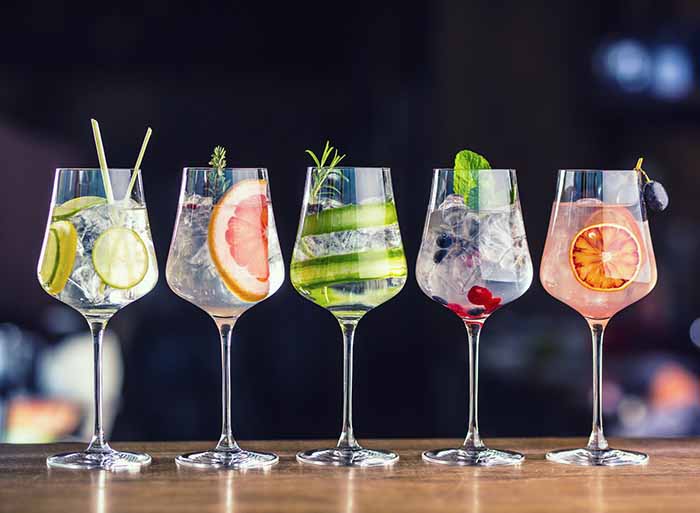Modern Cocktail Garnishes For National Cocktail Day
|
March 24th is National Cocktail Day, a day we’re using to revisit cocktail garnishes. Many standard garnishes have been used since the advent of the particular cocktail—they’re what that first bartender used when he mixed the first Sazerac (America’s first cocktail) or Gin Fizz. We’ll look at them as well as modern cocktail garnishes. Citrus garnishes, perhaps the most popular (or the most available), took different forms depending on the bartender: twist, slice, wedge, wheel. Still other garnishes have evolved to modern forms—blue cheese- and jalapeño-stuffed olives in a Martini, for example. Here’s what you’d need for a retro cocktail party (we’ve included some new “classics” with the old). > The world’s Top 10 most popular cocktails. > The history of the cocktail. Today, bartenders are called mixologists, and they’re expected to be creative in both new cocktail recipes and cocktail garnishes. Now, the garnish lineup can include: Also see the mini cheeseburger Bloody Mary skewers in photo #7, below. Cocktails, as we know them today, have existed since the early 1800s. A reader wrote to “The Balance and Columbian Repository,” a newspaper in Hudson, New York, asking “What is a cocktail?” The reply, published in the May 13, 1806 edition: “Cock-tail is a stimulating liquor, composed of spirits of any kind, sugar, water, and bitters—it is vulgarly called bittered sling….” The first published bartenders’ guide with cocktail recipes was “How to Mix Drinks; or, The Bon Vivant’s Companion,” by “Professor” Jerry Thomas, in 1862. In addition to recipes for “cocktails,” there are cobblers, flips, punches, shrubs, slings, and toddies. Bitters was a key ingredient that differentiated cocktail recipes. Bitters are combinations of herbs, fruits, spices and/or roots, distilled in a base liquor. As with spirits, they began as medicinal tonics. Classic cocktails with bitters include the Manhattan, Negroni, Old Fashioned, Pisco Sour, Rob Roy, Rum Swizzle, Sazerac, and Singapore Sling. The recent renaissance in artisan bitters has led to more of their use in new creations. |
|
|
|
The leading claim to the first cocktail party goes to Mrs. Julius S. Walsh Jr. of St. Louis, Missouri. In May 1917, she invited 50 guests to her home at noon on a Sunday. The cocktail reception lasted an hour, and lunch was served at 1 p.m. While the record is mum on the subject, the cocktail event may have followed the Sunday church service. Now there’s an idea ready for revival: church followed by cocktails with friends
CHECK OUT WHAT’S HAPPENING ON OUR HOME PAGE, THENIBBLE.COM.
|
||









